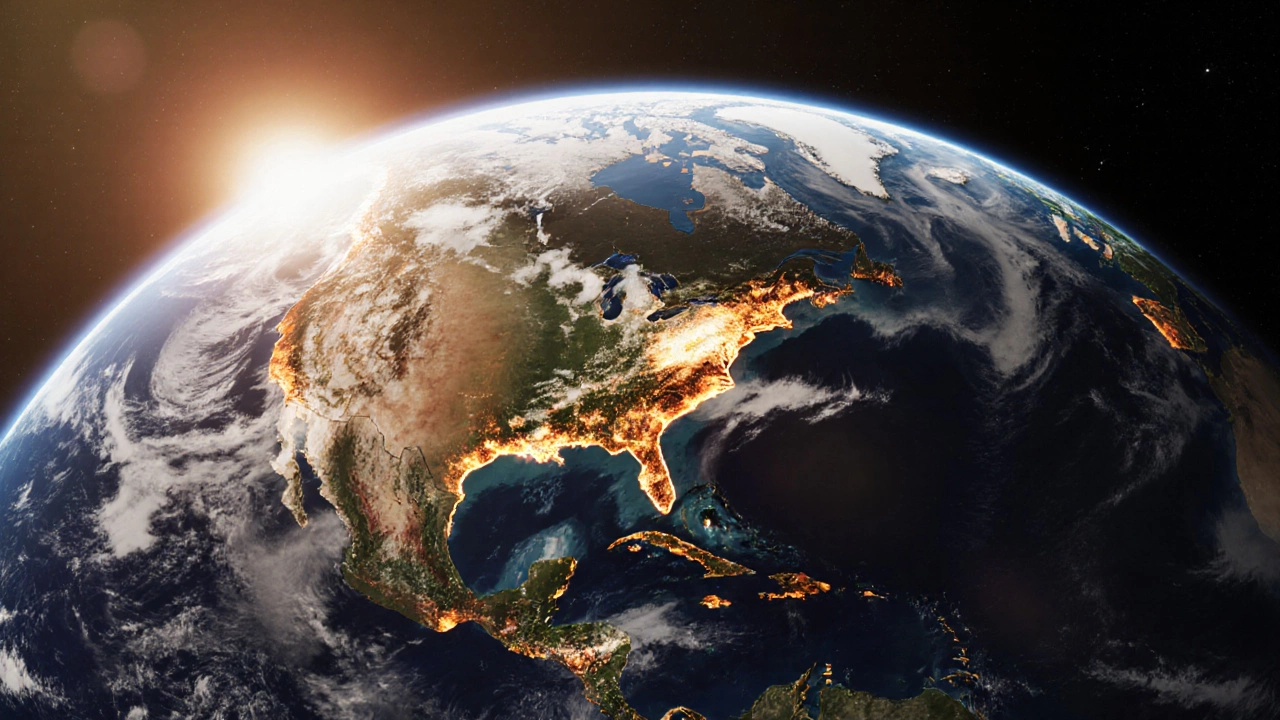Biodiversity Loss: What It Means and How You Can Act
When talking about Biodiversity Loss, the rapid decline of species, habitats, and genetic variety caused by human activities. Also known as species decline, it threatens food security, health, and climate stability.
One of the biggest ways to slow this decline is through Conservation, targeted actions that protect, restore, and manage natural habitats and wildlife. Conservation creates safe spaces for plants and animals, cuts down on illegal hunting, and helps ecosystems bounce back after disturbance. Another key player is Environmental Charities, non‑profit groups that raise funds, run campaigns, and support on‑the‑ground projects to safeguard nature. These charities connect donors with real‑world impact, whether it’s planting trees, protecting wetlands, or lobbying for stronger policies.
But funding alone isn’t enough. Volunteerism, the act of giving time and skills to community or environmental causes without pay brings the manpower needed for field work, data collection, and education outreach. Volunteers often become the eyes and ears of conservation projects, spotting illegal activity, planting native species, and teaching locals why biodiversity matters. At the same time, healthy ecosystems provide Ecosystem Services, benefits like clean water, pollination, carbon storage, and flood control that humans rely on every day. When biodiversity drops, these services weaken, and the cost to society rises.
Putting the pieces together, we see clear relationships: biodiversity loss encompasses species extinction, habitat degradation, and genetic erosion. Combating it requires robust conservation programs, which are funded and amplified by environmental charities. Volunteerism influences biodiversity protection by providing the hands‑on effort needed for restoration and monitoring. In turn, thriving ecosystems deliver essential services that keep communities resilient. This web of connections shows why every action – from donating to a trusted charity, to joining a local cleanup, to learning about ecosystem benefits – matters.
In the list below you’ll find articles that dive deeper into each of these angles. We cover how charities choose the right environmental projects, practical tips for volunteers who want to protect wildlife, and insights into the larger environmental challenges of 2024‑2025. Whether you’re looking for funding ideas, volunteer opportunities, or a quick rundown on why biodiversity underpins everyday life, the posts ahead give you concrete steps and real‑world examples to make a difference.
What Is the Biggest Threat to Earth? Climate Change Explained
Explore why climate change is the greatest threat to Earth, how it amplifies other dangers, and actionable steps you can take to protect the planet.
Read More